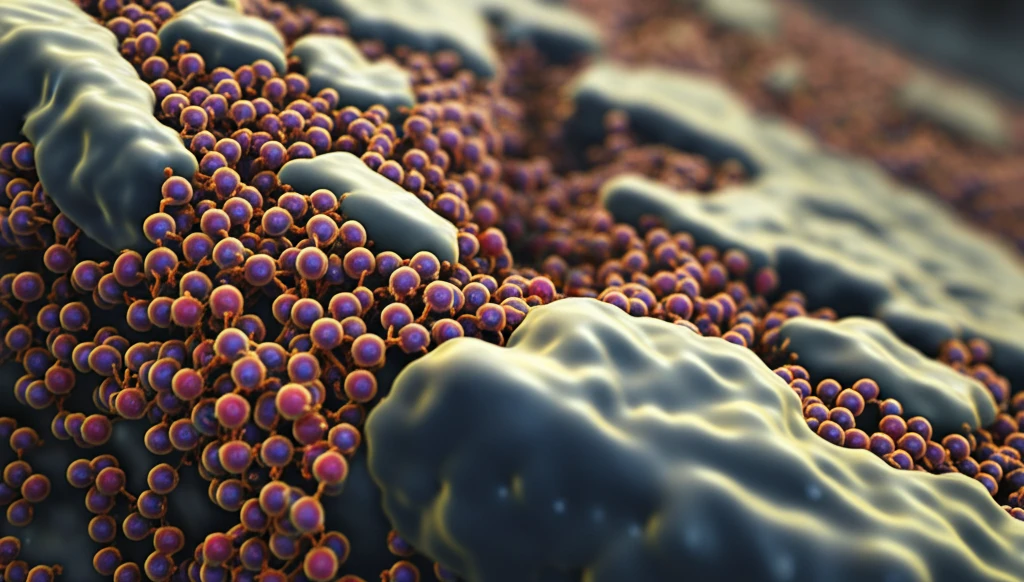
Unlock the Secrets of Tribolayers: What This Microscopic World Means for the Future of Materials
"New research reveals the hidden world of tribolayers and their potential to revolutionize engineering and materials science."
Imagine a world where the lifespan of your everyday tools, machines, and even medical implants could be dramatically extended. This isn't science fiction; it's the potential unlocked by understanding tribolayers. These ultra-thin layers form on the surfaces of materials when they rub together, and they play a crucial role in determining friction, wear, and overall durability. New research is shedding light on the complex nature of tribolayers, opening doors to innovative engineering and materials science applications.
For years, scientists have studied the surfaces of materials to understand how they interact with each other. When two surfaces come into contact and slide against each other, they don’t just grind away without changing. Instead, something changes on a microscale, and that "something" is the formation of tribolayers. These layers, often just a few nanometers thick, can be vastly different in composition and structure from the underlying material. They have an outsized effect on how materials perform under stress.
Recent studies employing positron lifetime spectroscopy are revealing unprecedented details about the structure and behavior of tribolayers in various metals. This technique allows researchers to probe the atomic-level defects within these layers, providing insights into how they form and how they influence material properties. The findings are not just academically interesting; they have practical implications for industries ranging from aerospace to biomedical engineering.
What Are Tribolayers and Why Do They Matter?

At its core, a tribolayer is a modified surface layer that forms during sliding contact between two materials. This layer is not merely a result of wear or damage; it’s an active participant in the tribological process (the science of friction, wear, and lubrication). The properties of the tribolayer – its composition, structure, and thickness – directly impact the friction coefficient, wear rate, and overall lifespan of the materials in contact.
- Reduced Friction: Tribolayers can create smoother surfaces, reducing the force required to slide one object over another. This is crucial in engines and machinery, where minimizing friction improves efficiency and reduces energy consumption.
- Extended Lifespan: By acting as a protective barrier, tribolayers can significantly extend the life of components subjected to wear. This is particularly important in high-stress environments like aerospace or manufacturing.
- Improved Performance: The unique properties of tribolayers can enhance the overall performance of materials in specific applications. For example, in medical implants, tribolayers can improve biocompatibility and reduce the risk of rejection.
The Future of Tribolayers
The ongoing research into tribolayers is revolutionizing our understanding of material behavior. As we continue to unravel the secrets of these microscopic layers, we can expect to see even more innovative applications emerge. From self-lubricating materials to advanced coatings for medical implants, the future of tribology is bright, promising a world where materials are more durable, efficient, and sustainable. By focusing on customized designs that enhance tribological characteristics, the scope for applications is virtually endless, impacting industries worldwide.
